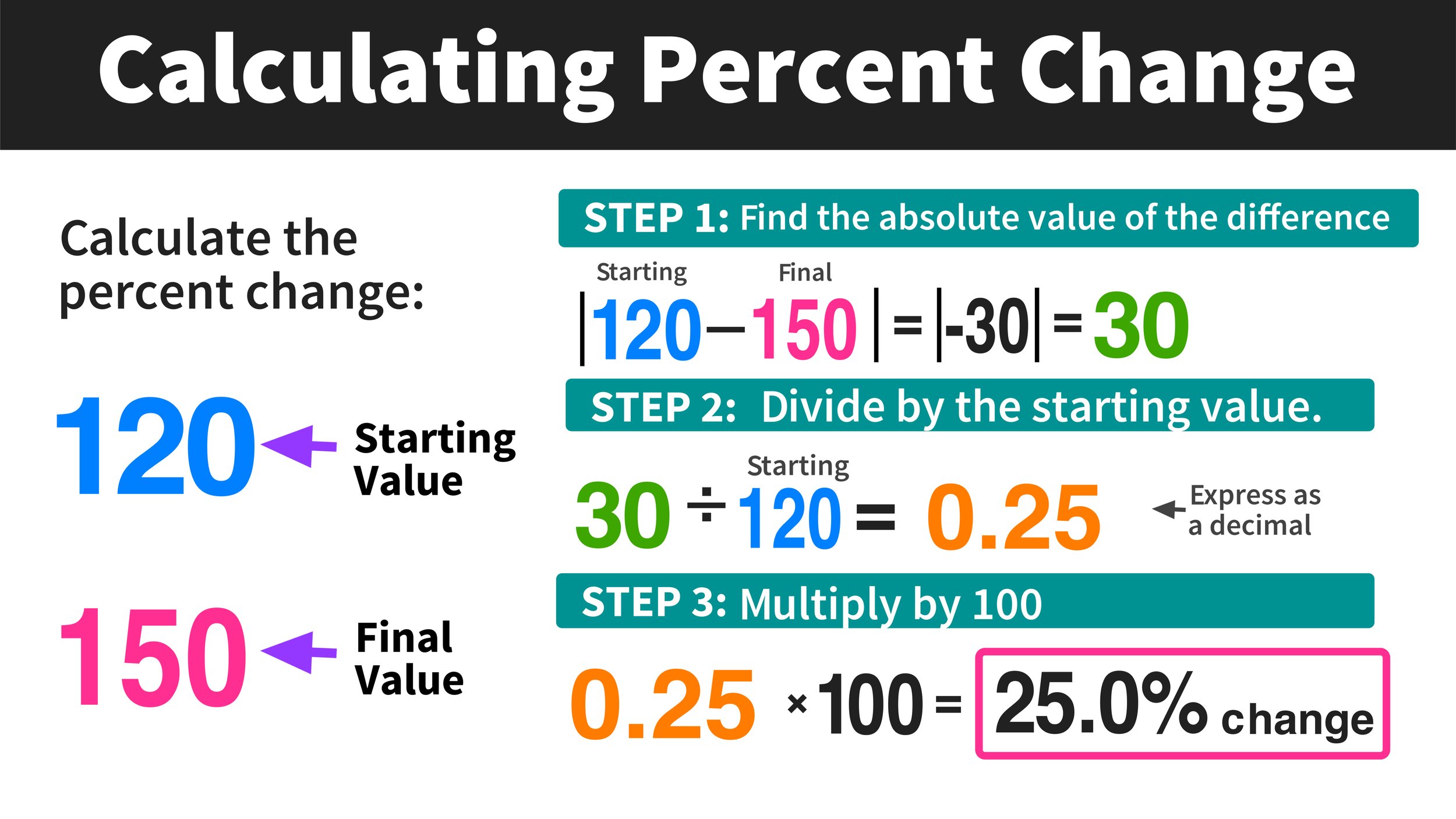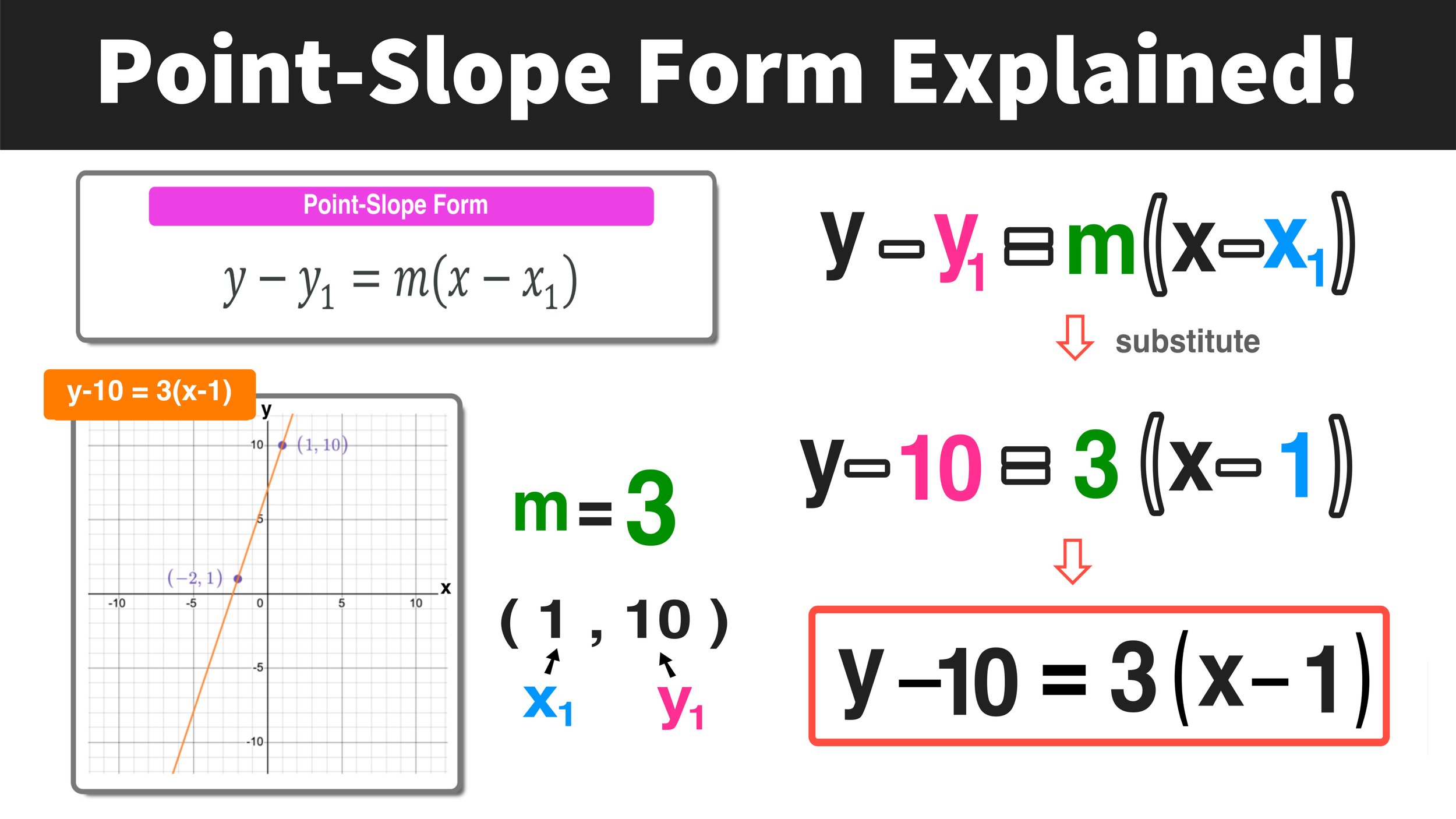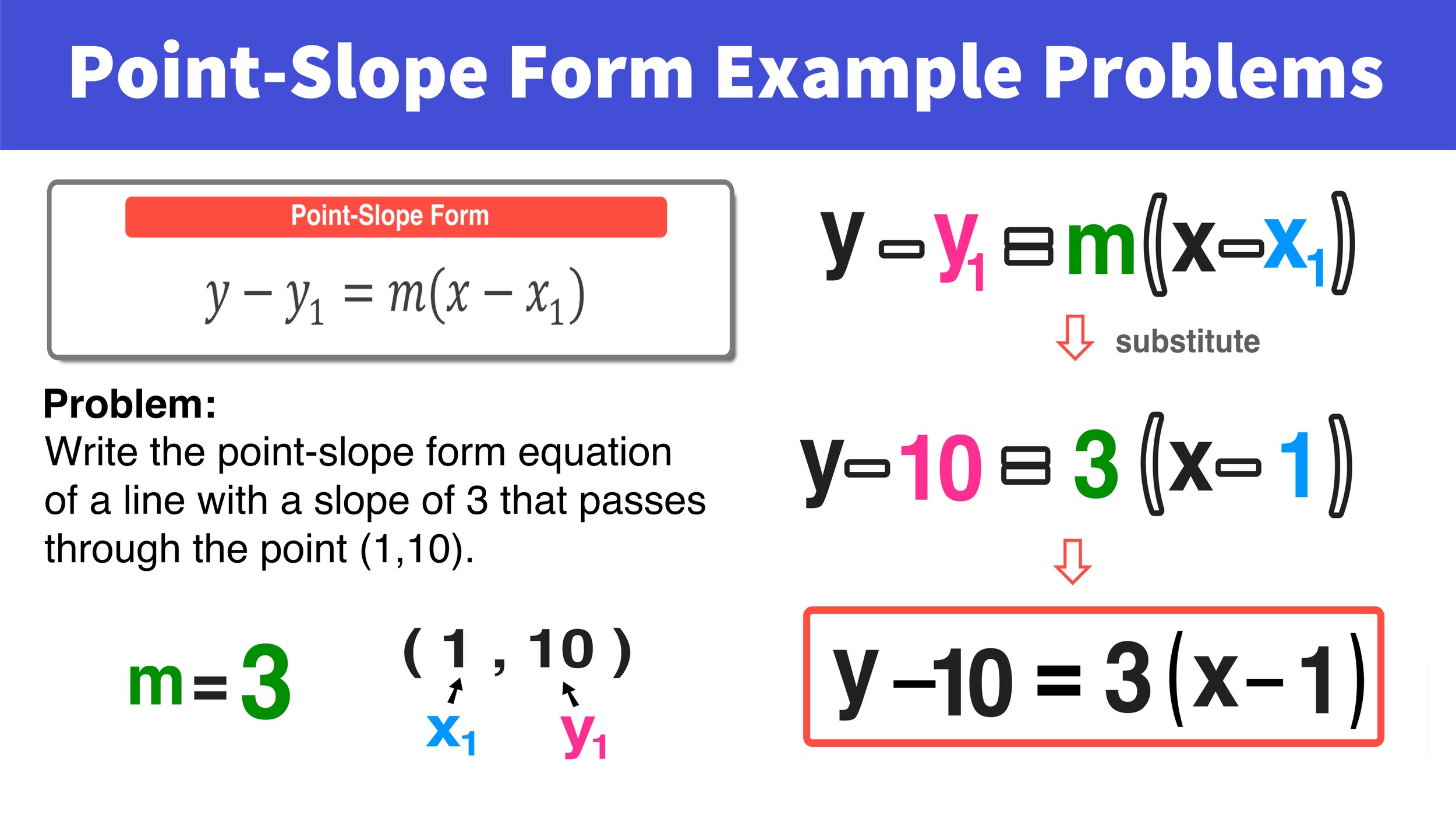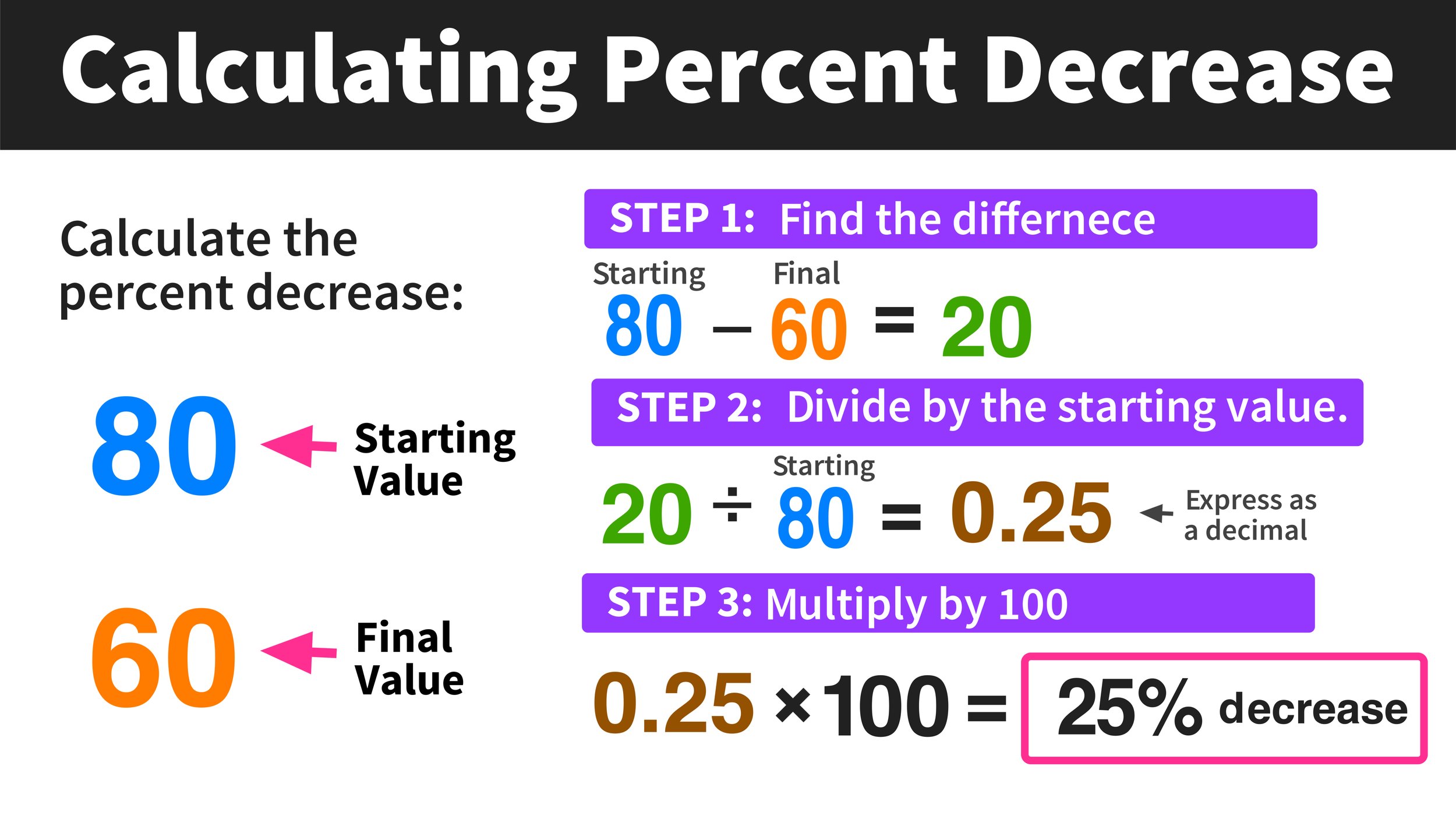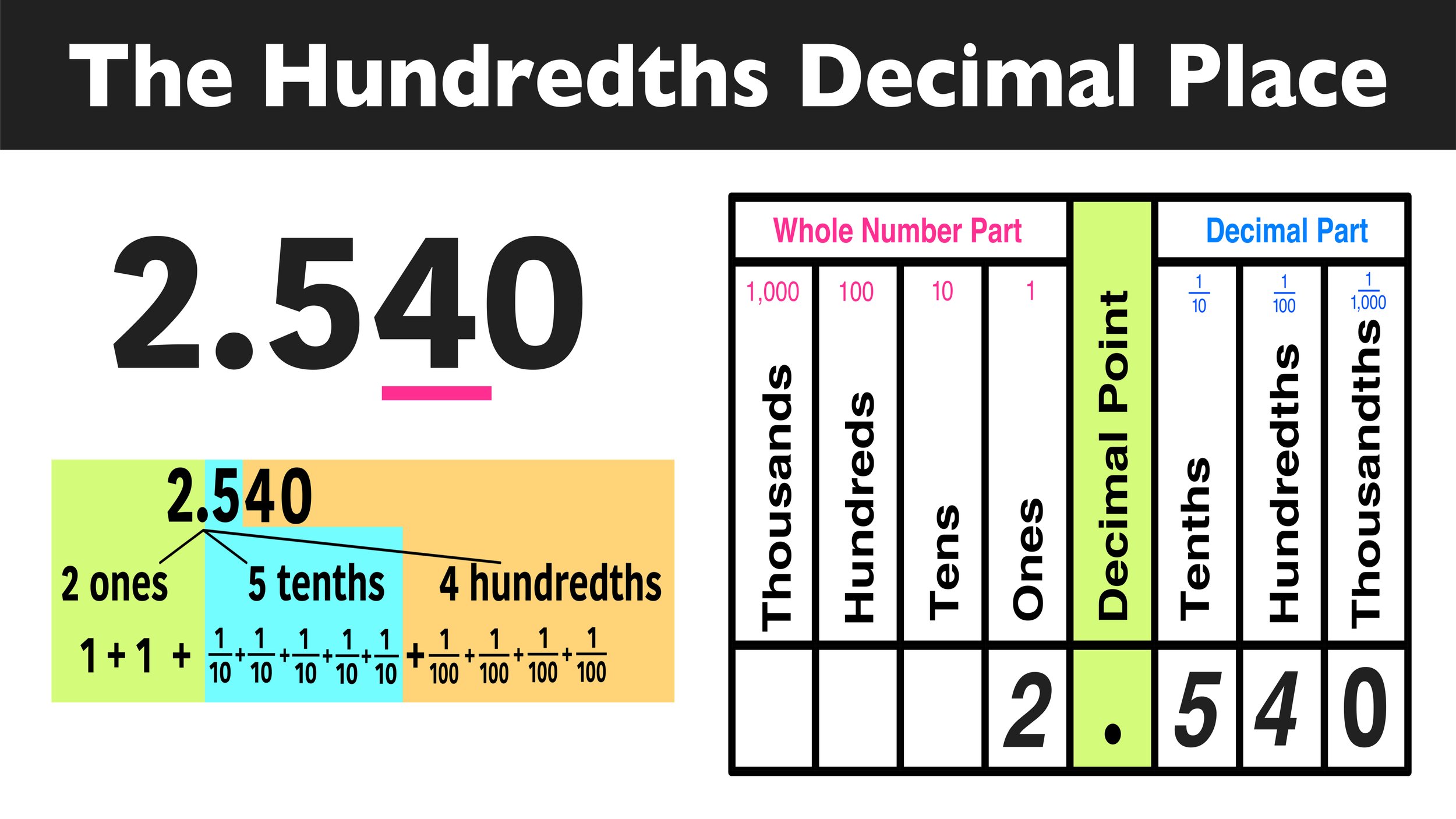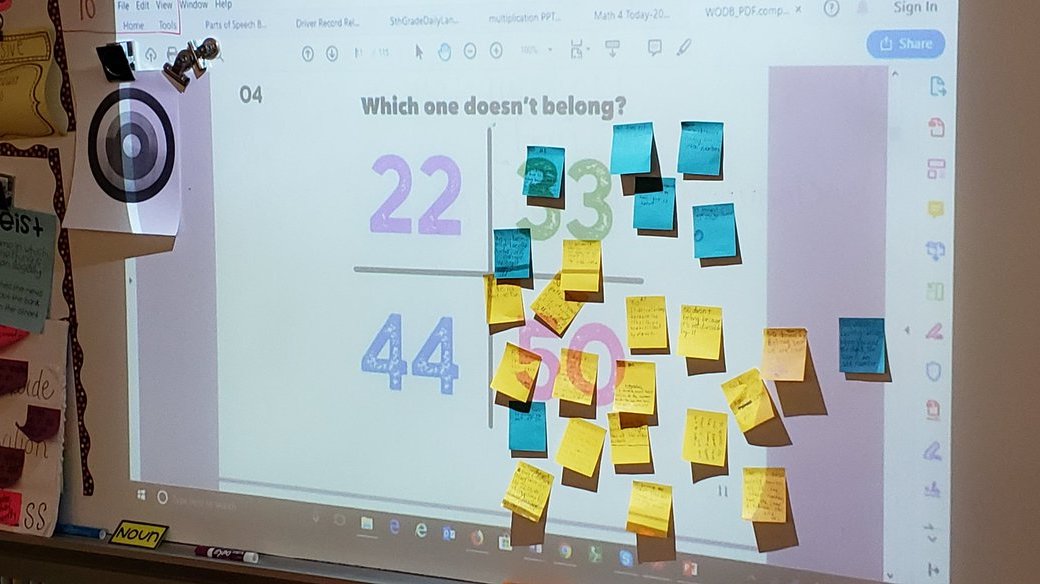How to Find the Mean in Math Step-by-Step
Math Skills: How to find the mean of a data set in 3 easy steps
Understanding how to find mean is an important and fundamental math skill that every student must learn at one point or another.
In math, the term mean is synonymous with average, meaning that the mean of a data set represents the average value of that data set.
This free guide will teach you the mathematical definition of mean and how to find the mean of a data set using a simple 3-step process. The following topics related to how to find mean will be covered:
While you can use the hyperlinks above to jump to any section of this guide, we highly recommend that you follow each section in order, starting with the first section below, where we will review the definition of mean and what it means in relation to a given data set.
Let’s get started!
Lesson Preview: How to find the mean in math in 3 easy steps.
What is the Mean of a Data Set?
In math, a data set is a collection or group of data in the form of numbers.
For example, consider the following data set which represents the saving amounts, in dollars, of five high school students:
$20, $25, $5, $25, and $15
These savings amounts can be expressed as a data set by removing the “$” signs and writing the numbers inside of curly brackets as follows:
{20, 25, 5, 25, 15}
This example of expressing the savings amounts of five high school students is illustrated in Figure 01 below.
Figure 01: What is a data set in math?
In math, the mean of a data set is one single value that represents the average of the entire data set.
In other words, the mean is a measure of central tendency (i.e. the average of a given data set). The mean can be found by taking the sum of all of the numbers in a data set and dividing that value by the total amount of data points.
So, you can find the mean of any data set by adding up all of the numbers and dividing that sum by the total amount of numbers in the data set.
How to Find Mean in 3 Easy Steps:
Step One: Add together all the numbers in the data set to find the sum.
Step Two: Determine how many numbers are in the data set.
Step Three: Divide the sum by the total amount of numbers in the data set to determine the mean.
To find the mean of the data set that represented student savings (as shown in Figure 01 above), we can simply follow these three steps to find the mean as follows:
Find the Mean of: {20, 25, 5, 25, 15}
Step One: Add together all the numbers in the data set to find the sum.
We can start by finding the sum of all of the numbers in the data set as follows:
20 + 25 + 5 + 25 + 15 = 90
Step Two: Determine how many numbers are in the data set.
This particular data set has 5 numbers.
Step Three: Divide the sum by the total amount of numbers in the data set to determine the mean.
Finally, we just have to take our result from step one (the sum of all of the numbers in the data set) and divide it by the result of step two (the total number of numbers in the data set) as follows:
90 ÷ 5 = 18
So, we can conclude that the average savings amount per student is $18.
Final Answer: The mean is 18.
The step-by-step process for how to find the mean in math are shown in Figure 02 below.
Figure 02: You can find the mean of any data set by adding up all of the numbers and dividing the sum by the total amount of numbers in the set.
Now that you understand what the mean of a data set represents and how to find it, let’s use our three-step process to solve three examples of how to find the mean of a data set.
How to Find the Mean of a Data Set
How to Find Mean Example #1
Example: Find the Mean of a Group of Siblings’ Ages
In this first example, we have a data set that represents the ages of six siblings with the following ages: 20, 22, 24, 26, 28, and 30.
So, our data set can be expressed as: {20, 22, 24, 26, 28, 30)
Step One: Add together all the numbers in the data set to find the sum.
Start by adding all of the numbers in the data set together as follows:
20 + 22 + 24 + 26 + 28 + 30 = 150
Step Two: Determine how many numbers are in the data set.
The data set in this example has 6 numbers.
Step Three: Divide the sum by the total amount of numbers in the data set to determine the mean.
Now we are ready to find the mean by dividing the sum of all of the numbers by the total amount of numbers as follows:
150 ÷ 6 = 25
Now we can conclude that the mean age of the siblings is 25 years old.
Final Answer: The mean is 25.
The entire step-by-step process for how to find the mean for this first example is illustrated in Figure 03 below.
Figure 03: How to Find Mean Using 3 Easy Steps.
As you can see from this first example, the process of finding the mean of a data set is an easy process that can be completed using just three steps.
The more that you practice using these steps on how to find mean, the easier these types of problems will become. Now, let’s move onto another example of how to find the mean of a data set.
How to Find the Mean in Math
How to Find Mean Example #2
Example: Find the Mean of a Data Set Representing Monthly Income
In this example, John has been tracking his monthly income and recorded the data in the following data set:
$1,200, $1,350, $1,250, $1,400, $1,300, $1,000, $900
For this example, we can make the values easier to work with by removing the dollar signs and expressing the values in a data set as follows:
{1200, 1350, 1250, 1400, 1300, 1000, 900}
Now we can use our 3-step process for how to find mean as follows:
Step One: Add together all the numbers in the data set to find the sum.
Just like the previous example, we can start by finding the sum of all of the numbers in the data set:
1200 + 1350 + 1250 + 1400 + 1300 + 1000 + 900 = 8400
Step Two: Determine how many numbers are in the data set.
This data set has 7 numbers.
Step Three: Divide the sum by the total amount of numbers in the data set to determine the mean.
The last step is to divide the sum of all of the values in the data set by the total number of values in the data set:
8400 ÷ 7 = 1,200
Finally, we can conclude that the mean monthly income is $1,200.
Final Answer: The mean is 1,200.
The process for finding the solution to this second example is shown in Figure 04 below.
Figure 04: How to Find the Mean of a Data Set.
Notice how our final answers in our first two examples ended up being whole numbers. This, however, will not always be the case. Now, let’s work through one more example where our final result will be a decimal.
How to Find the Mean of a Data Set
How to Find Mean Example #3
Example: Find the Mean of a Data Set Representing Student Test Scores
In this third example, we are looking to find the mean (or average) test score of a student with the following test scores: 78, 85, 92, 88, 80, 63, 90, 89, 71, and 95
Let’s go ahead and use our 3-step method for how to find mean of a data set to solve this problem and determine the mean test score.
Step One: Add together all the numbers in the data set to find the sum.
Our first step is to find the sum of all of the numbers in the data set:
78 + 85 + 92 + 88 + 80 + 63 + 90 + 89 + 71 + 95 = 831
Step Two: Determine how many numbers are in the data set.
There are 10 values (or test scores) in this data set.
Step Three: Divide the sum by the total amount of numbers in the data set to determine the mean.
Finally, we just have to take our result from step one (831) and divide it by the total number of values in the data set (10) as follows:
831 ÷ 10 = 83.1
Now we can make the conclusion that the student had an average test score of 83.1
Final Answer: The mean is 83.1
Notice how our result for this example was a decimal, which is totally fine!
Figure 05 below illustrates how we solved this third example.
Figure 05: How to Find Mean with Decimal Answers.
How to Find Mean Challenge
Challenge Problem
Scenario: On their last five science exams, students had the following scores:
Bonnie: 83, 100, 95, 61, 68
Celeste: 88, 83, 79, 86, 90
Michelle: 97, 64, 60, 89, 73
Which student had the highest mean test score?
For this challenge problem, you are tasked with determining which of the three students had the highest mean (or average) test score.
To solve this problem, you will have to calculate the mean test score of each student and then compare the means to see which on was the highest value.
Figure 06: Which student had the highest mean test score?
We can find the mean test score for each student by adding all five of their scores together and then dividing that sum by 5 as follows:
Bonnie: 83 + 100 + 95 + 61 + 68 = 407 → 407 ÷ 5 = 81.4
Celeste: 88 + 83 + 79 + 86 + 90 = 426 → 426 ÷ 5 = 85.2
Michelle: 97 + 64 + 60 + 89 + 73 = 393 → 393 ÷ 5 = 78.6
Now we can conclude that:
Bonnie’s mean test score was 81.4
Celeste’s mean test score was 85.2
Michelle’s mean test score was 78.6
And, we can conclude that Celeste’s 85.2 mean test score was the highest of the three students.
Final Answer: Celeste had the highest mean test score, which was 85.2.
Figure 07: How to Find Mean in Math: Test Scores
Conclusion: How to Find Mean
Knowing how to find the mean of a data set is an important math skill that every student should be familiar with.
In math, a data set is a collection of data values and the mean of a data set represents the average value of that set. You can find the mean of any data set by following the following three steps:
Step One: Add together all the numbers in the data set to find the sum.
Step Two: Determine how many numbers are in the data set.
Step Three: Divide the sum by the total amount of numbers in the data set to determine the mean.
Once you gain enough practice with finding the mean, you can simplify this process for how to find the mean by simply adding together all of the numbers in the data set and then dividing that sum by the total number of values.

















